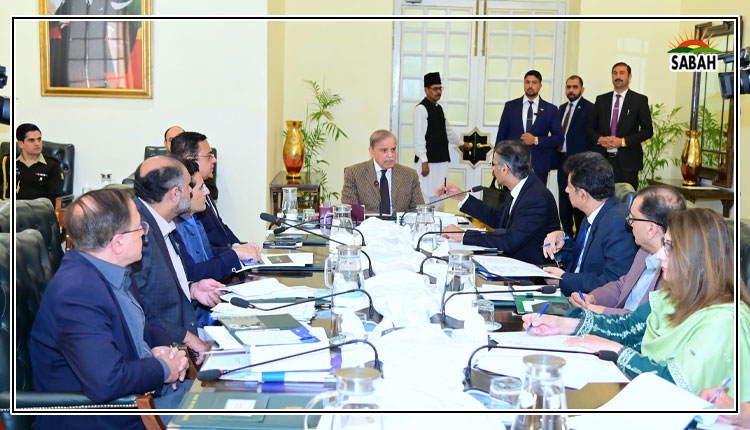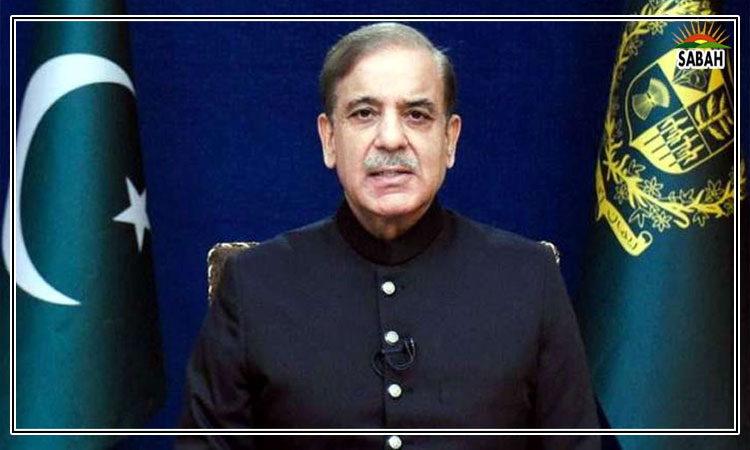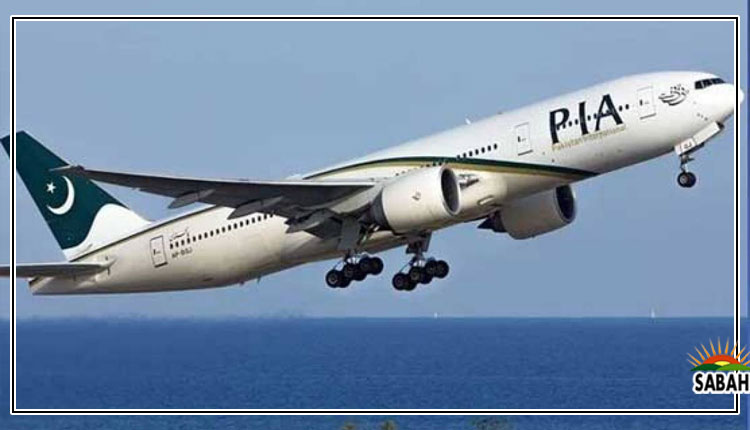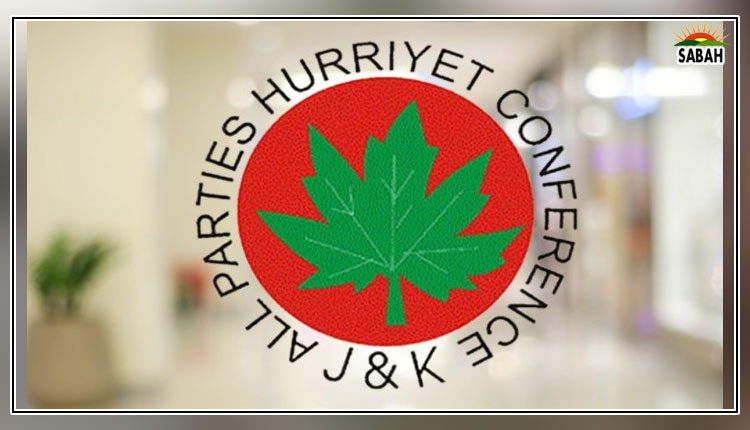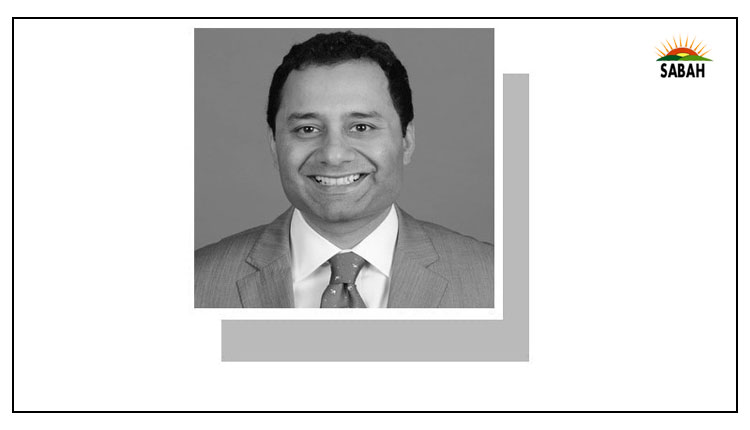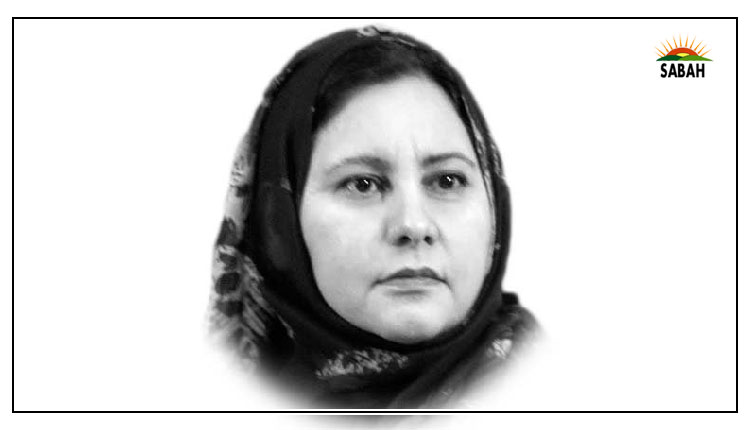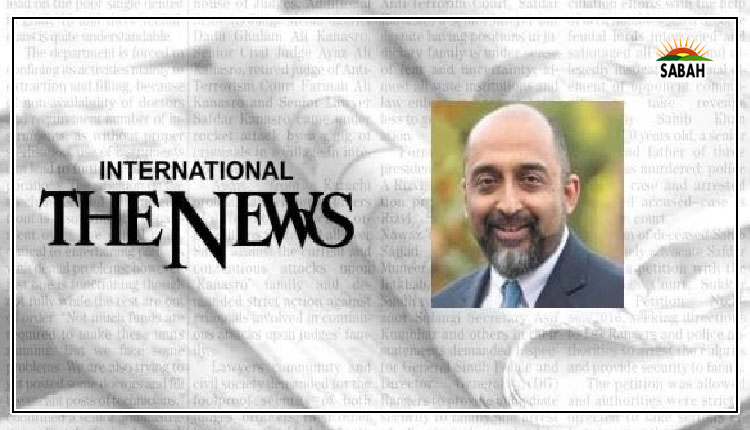Beyond 2023: exiting polycrisis…..Mosharraf Zaidi
It is not going to be easy to put the polycrisis of 2022 behind us. The grieving mothers of the dozens of soldiers that were martyred across the country in the last several weeks will never be able to put their grief behind them.
On December 16, just two weeks ago, families of the victims of the APS terrorist attack observed the eighth anniversary of their children being taken from them. Have they been able to put December 16, 2014 behind them? Pakistans worsening security situation is the most stark of the scenarios but certainly not the worst, in terms of spectrum. For that, we examine headline inflation numbers.
In July 2022, the official government of Pakistan year on year inflation rate was 25 per cent. In just the one month, from June 2022 to July 2022, the city prices of vegetables increased by 25 per cent, daal by 14 per cent, onions by 14 per cent, potatoes by 11 per cent and both besan and wheat by 10 per cent. Electricity charges increased all across the country by nearly 40 per cent.
What does this kind of inflation do to a household trying to survive on a monthly household income of less than Rs25,000? What does it do to a household trying to survive on less than Rs50,000? How about the impact of such inflation on a household with a monthly income of Rs100,000? Once you start to do the math, you keep increasing the threshold income level, but the impact of a 40 per cent hike in electricity charges doesnt go away. Households even in the top quintile of the Pakistani income spectrum felt substantial economic pain in 2022. By November 2022, the year-on-year comparison between July to November with the previous year showed no improvement over the July 2022 inflation numbers: 25.14 per cent.
Did this inflation spare the poorest or most vulnerable? Not in the least but in Sindh and Balochistan, the inflation was accompanied in the late summer weeks by the worst, most catastrophic flooding the people of Pakistan have ever endured. How will 33 million flood affected Pakistanis put 2022 behind them when it took their livestock, their homes, and in thousands of cases, their loved ones too?
The political circus initiated in the early 2010s when the countrys security sector adopted Imran Khan as its preferred political leader for Pakistan, climaxed in 2022 when yet another assassins bullet found its way into the body of yet another former Pakistani prime minister. Thankfully, Imran Khan has survived the assassination attempt (journalist Arshad Sharif was not as lucky). Political differences have been fatal for people in Balochistan, in the tribal areas of the newly merged districts, in Jhang, and in Karachi for many years now.
In 2022, the morbidity landed inside the very heart of Pakistan the urban mainstream, its drawing rooms and the parade of toxic YouTube conspiracy theorists and hucksters to whom expats and urbanites turn to for both spiritual and current affairs guidance. Remember however, that all of the original swagger of these hucksters was cultivated on taxpayer dime, as the security sector carefully cultivated a Pakistani alternative to what it deemed to be an unacceptable fifth generation war being waged on the country. The Pakistani discourse today is in tatters.
The hangover from Pakistans 2022 polycrisis will not be overcome easily. Today, in addition to the existing polycrsis, or rather, because of it, the country is teetering on the brink of sovereign default. This very serious eventuality is entirely avoidable. An election in 2023 will help, but there is no short-term fix for what ails the country. The obvious question then becomes: what is the medium or long-term fix?
In the best Keynesian (and Hussaini, Salafi and sufi) tradition, one is always keen to remind oneself and others that, in the long run, we are all dead.
Pakistans vulnerability to polycrisis can only be eliminated through a quantum of full-spectrum economic growth that renders the countrys wellness as a permanent feature of regional (and global) prosperity and stability. There are five dimensions to this full spectrum economic growth that need to be internalized by the Pakistani elite starting with current and future members of the Corps Commanders Conferences, and inclusive of current and future BPS 22 officers in the federal and provincial governments, all political parties, current and future justices of the high courts and Supreme Court, and the range of right-wing religious parties and pressure groups. What are these five dimensions?
First is younger decision-makers. Durable economic growth cannot be of as much interest to those in their late 60s or 70s as it is to those in their 20s and 30s. The question isnt one of value judgements or ageism. The question is of basic common sense. Economic growth needs to be the sole domain of decision-makers below forty years of age. In the Jurassic Park that is Pakistani decision making, this will be a laughable proposition. That alone should give pause to people that are serious about durable, full spectrum economic growth. Pay close attention to how old Pakistans finance ministers, State Bank governors, FBR chairpersons, and secretaries of finance are. The older they are, the less likely it is that decision-making will manufacture sustained and durable economic growth.
Second, we need a clear set of national metrics against which Pakistan is measuring economic growth. What will it take for Pakistan to be invited to the G-20 summit in 2024 in Brazil? What will it take for Pakistan to be invited to full membership of the G-20?
Pakistan is currently the 42nd largest economy on the planet by nominal GDP. It needs to be in the top 20 for serious consideration by the G-20. The current top 20 is essentially the trillion-dollar GDP club. Pakistan would need to triple in size to be a serious G-20 contender today. This takes us into borderline Keynesian territory (so long that many of us might be dead by then). So, lets aim more realistically. What does Pakistan need to do by 2030 to be a regular at the G-20? A baseline minimum would be to average around 5.0 per cent GDP growth per annum, a nominal 2030 GDP of $530 billion. A baseline of around 8.0 per cent per annum would put this number at $650 billion. Bottom line: Pakistan needs to target a national economy that is double the size it is today, by 2030.
Third, full spectrum economic growth is unattainable with a public sector that is managed by life sentence generalists. The intricacies of Pakistani policy are designed and deployed by civil servants imprisoned by a system of incentives designed to destroy growth and sustain the existing elite. From fiscal and monetary policy to digitalization, and from womens economic participation to capital markets every angle for the large-scale growth hacking of Pakistan ends at the desk of a life sentence generalist civil servant (or worse, a retired one). Without liberating the Pakistani rupee from Babu Raj, there can be no sustained, full spectrum, enduring economic growth.
Fourth, full spectrum economic growth requires the deification of the small business from the regulatory, access to capital, and cultural perspectives. Small businesses are the ones that need more subsidies from regulators. Small businesses are the ones that need easier access to loans. Small businesses are the ones that need to be treated with the reverence that seems to be the exclusive domain in Pakistan of judges, bureaucrats, and military officers. Meanwhile, it is the small business that is the lifeline of Pakistans economy, and the primary source of all future revenue growth for the exchequer.
Fifth, full spectrum economic growth requires democracy. It does not require a charter of the economy which has come to signify the Pakistani elites thirst for a sanitized, apolitical, IMF-run economy. Democracy does not necessitate Pakistan having to swallow Shaukat Tarins poison pills, nor does it require us to accept Ishaq Dars out of control ego. But the answer also isnt either of those two toxins minus Imran Khan or Nawaz Sharif. And thats what a charter of economy really comes down to.
Consensus? There already is consensus on economic growth, here and everywhere in the world. The difference between those countries that secure it and those countries that do not is stability. Once the military stops intervening in politics, politicians will find their path to a stable compact. The guarantors of this cannot be technocrats with negligible stakes in Pakistan. Only the people of Pakistan can be guarantors for Pakistani political competence.
There is no reason for the polycrisis of 2022 to be Pakistans permanent fate. The path to better days is clear. Take it or leave it.
Courtesy The News



